Centennial Star Magnolia Tree
- June 16, 2023
- 0 comment
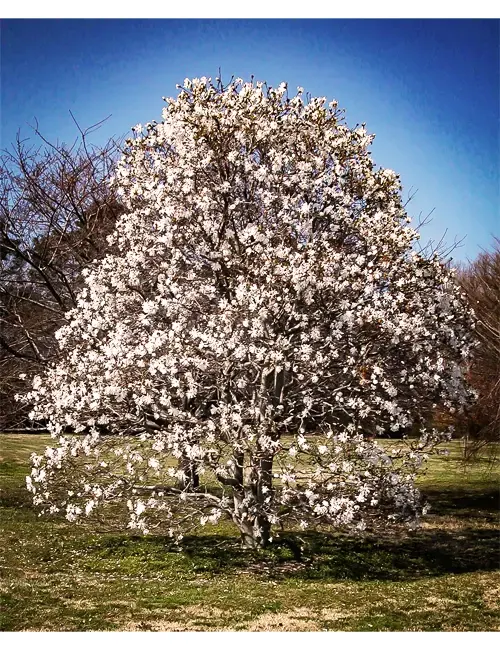
Common Name: Centennial Star Magnolia
Botanical Name: Magnolia stellata ‘Centennial’
Family: Magnoliaceae
Plant Type: Deciduous tree
The Centennial Star Magnolia (Magnolia stellata ‘Centennial’) is a breathtaking tree that captivates with its enchanting blooms and graceful form. This article will provide you with all the essential information about this remarkable plant, from its common and botanical names to its care requirements and fun facts.

Mature Size and Growth Rate
The Centennial Star Magnolia typically reaches a height of 10 to 15 feet (3 to 4.5 meters) and spreads 8 to 12 feet (2.4 to 3.6 meters) in width. It has a slow to moderate growth rate, gaining around 6 to 12 inches (15 to 30 centimeters) per year.
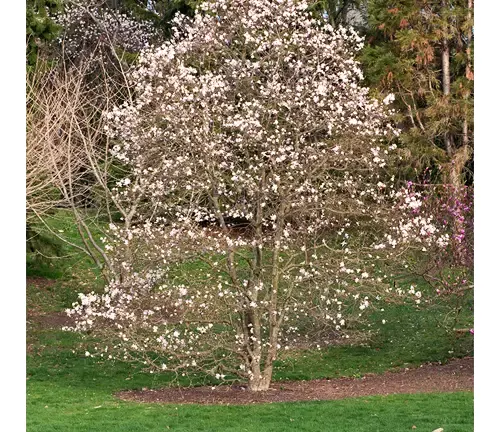
Soil Type
This magnolia tree thrives in well-drained soil.
Soil Preference
It prefers slightly acidic to neutral soil with a pH range of 5.5 to 7.0. However, it can tolerate a wide range of soil conditions.
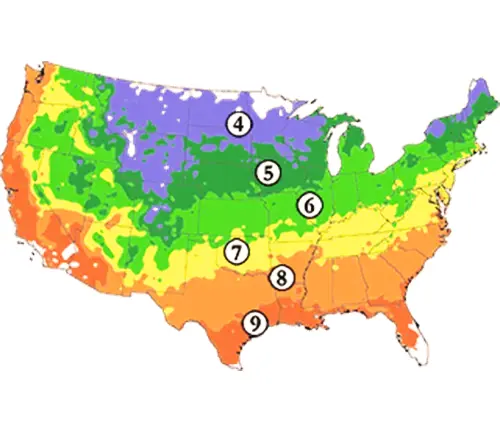
Hardiness Zones
The Centennial Star Magnolia is best suited for USDA Hardiness Zones 4 to 9.

Sun Preference
It flourishes in full sun to partial shade. Providing it with some afternoon shade in hotter climates can prevent stress on the tree.
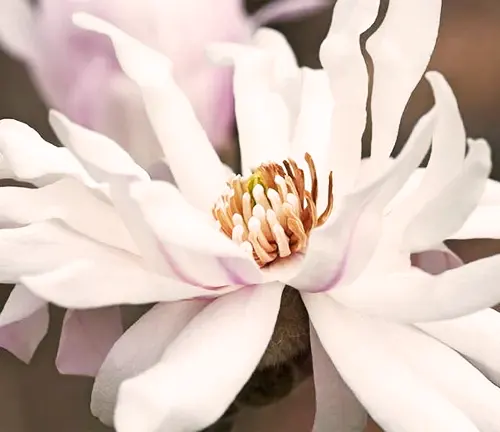
Attributes
The Centennial Star Magnolia showcases large, showy flowers that emerge in early spring before the leaves appear. Each flower has multiple white petals arranged in a star-like shape, hence the name “Star Magnolia.” The fragrant blossoms add a touch of elegance to any landscape, creating a stunning focal point. The tree’s branching pattern is graceful and lends itself well to winter interest.
Characteristics
The Centennial Star Magnolia is known for its star-shaped, fragrant white flowers, which typically have 12 to 18 petals. Its deciduous leaves are dark green, oval-shaped, and turn a beautiful golden yellow in the fall. The tree has an upright growth habit with a rounded canopy.
Wildlife Value
The flowers of the Centennial Star Magnolia attract pollinators such as bees and butterflies. Additionally, its dense foliage provides cover and nesting opportunities for birds.
Care:
- Watering: Keep the tree consistently moist, especially during the first few years of establishment. Mulching around the base helps retain moisture.
- Fertilization: Apply a slow-release, balanced fertilizer in early spring to promote healthy growth and abundant blooms.
- Pruning: Minimal pruning is required, primarily to remove dead or damaged branches. Prune immediately after flowering to avoid interfering with the next year’s buds.
- Protection: In colder climates, protect young trees from harsh winter winds and frosts.
Benefits
Apart from its aesthetic appeal, the Centennial Star Magnolia offers shade and privacy when planted strategically. Its early spring blossoms provide a much-needed burst of color after the dreary winter months, lifting the spirits of both humans and nature alike.
Invasive
The Centennial Star Magnolia is not considered an invasive species. It is well-behaved and does not pose a threat to native ecosystems.
Lifespan
With proper care, the Centennial Star Magnolia can live for several decades, with some trees reaching ages 50 years or more.
Disadvantage
One potential disadvantage of the Centennial Star Magnolia is its susceptibility to frost damage in regions with late spring frosts. This can cause the flowers to turn brown and wither prematurely.
Edible or Not
The flowers of the Centennial Star Magnolia are not known to be edible, and the tree’s other parts should not be consumed.
Habitat Requirements
This magnolia tree prefers well-drained soil and can adapt to a variety of soil types. It thrives in temperate regions with a distinct change of seasons.
Name Origin
The name “Centennial” refers to the tree’s introduction in 1966, which marked the centennial celebration of the Arnold Arboretum in Boston, Massachusetts, where the hybridization took place.
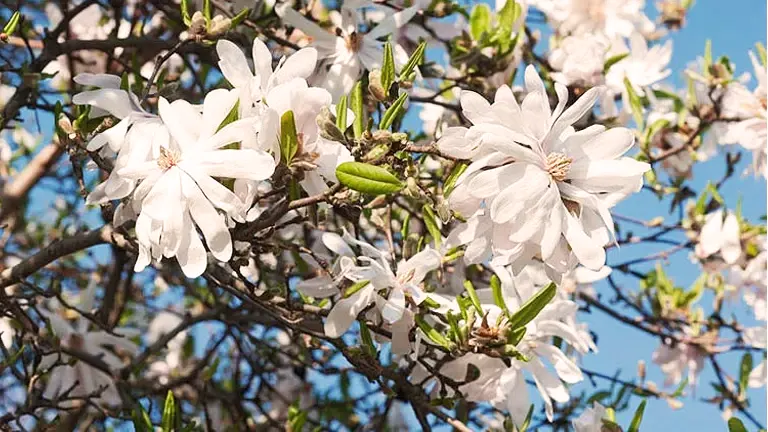
Varieties
While the Centennial Star Magnolia is a cultivar itself, there are other popular cultivars of Magnolia stellata available, such as ‘Royal Star’ and ‘Waterlily.’
Pruning
Pruning the Centennial Star Magnolia is generally minimal and focused on maintaining its natural shape. Remove dead, damaged, or crossing branches, and avoid excessive pruning as it can disrupt the formation of flower buds.
Propagating
The Centennial Star Magnolia can be propagated through softwood cuttings taken in early summer or hardwood cuttings collected in late fall or early winter. It can also be grown from seeds, but this method requires more patience, as it takes several years for the tree to reach maturity and bloom.
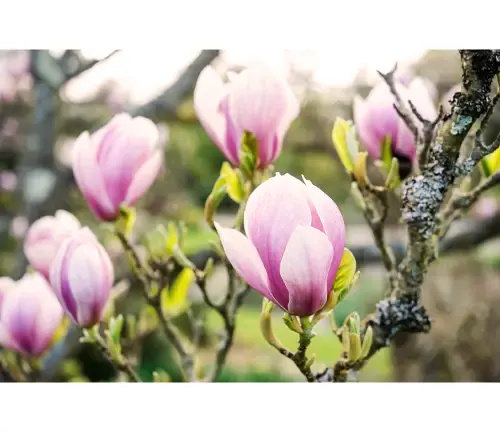
Common Pests & Diseases
The Centennial Star Magnolia is relatively resistant to pests and diseases. However, it may be susceptible to scale insects, aphids, and fungal diseases such as powdery mildew and leaf spot. Regular inspection and proper care can help prevent and manage these issues.
Fun Facts:
- The Centennial Star Magnolia is a cross between Magnolia stellata and Magnolia kobus, resulting in its unique characteristics.
- It was introduced by the Arnold Arboretum and named to commemorate its centennial anniversary.
- In Japan, the Centennial Star Magnolia is known as Hoshizaki-Yama, which translates to “Starblossom Mountain.”
- The fragrant flowers of the Centennial Star Magnolia are often used in floral arrangements.
Frequently Asked Questions:
- Q: When does the Centennial Star Magnolia bloom?
A: The Centennial Star Magnolia blooms in early spring, usually before the leaves emerge. - Q: Can I grow the Centennial Star Magnolia in a container?
A: While it is possible to grow the tree in a container, it may not reach its full-size potential, and care must be taken to provide adequate soil, water, and nutrients. - Q: How often should I water the Centennial Star Magnolia?
A: Water the tree deeply once or twice a week, depending on weather conditions. Ensure the soil is consistently moist but not waterlogged. - Q: Does the Centennial Star Magnolia require cross-pollination to produce flowers?
A: No, the Centennial Star Magnolia is self-fertile and does not require cross-pollination to produce flowers. - Q: Can I plant the Centennial Star Magnolia near a house or other structures?
A: It is generally safe to plant the tree near a house or other structures, as long as there is enough space for its mature size and growth habit. Keep in mind the potential for falling petals and leaves during bloom time.
In conclusion, the Centennial Star Magnolia is a splendid addition to any garden or landscape. Its stunning star-shaped flowers, delicate fragrance, and graceful form make it a standout feature, especially in early spring. With proper care, this tree will reward you with years of beauty and serve as a cherished focal point in your outdoor space.


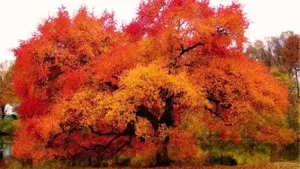
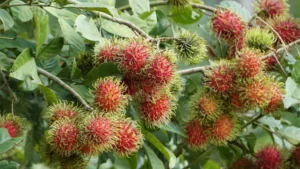

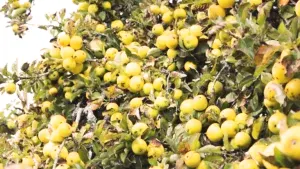
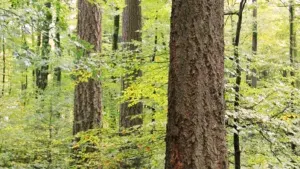
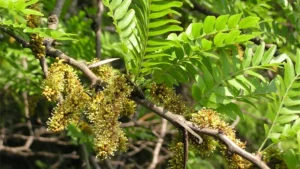
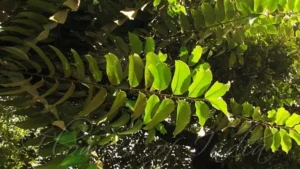
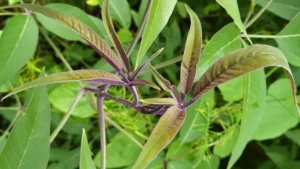

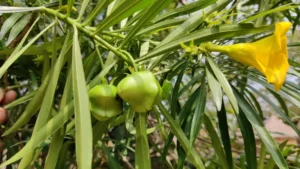


Leave your comment